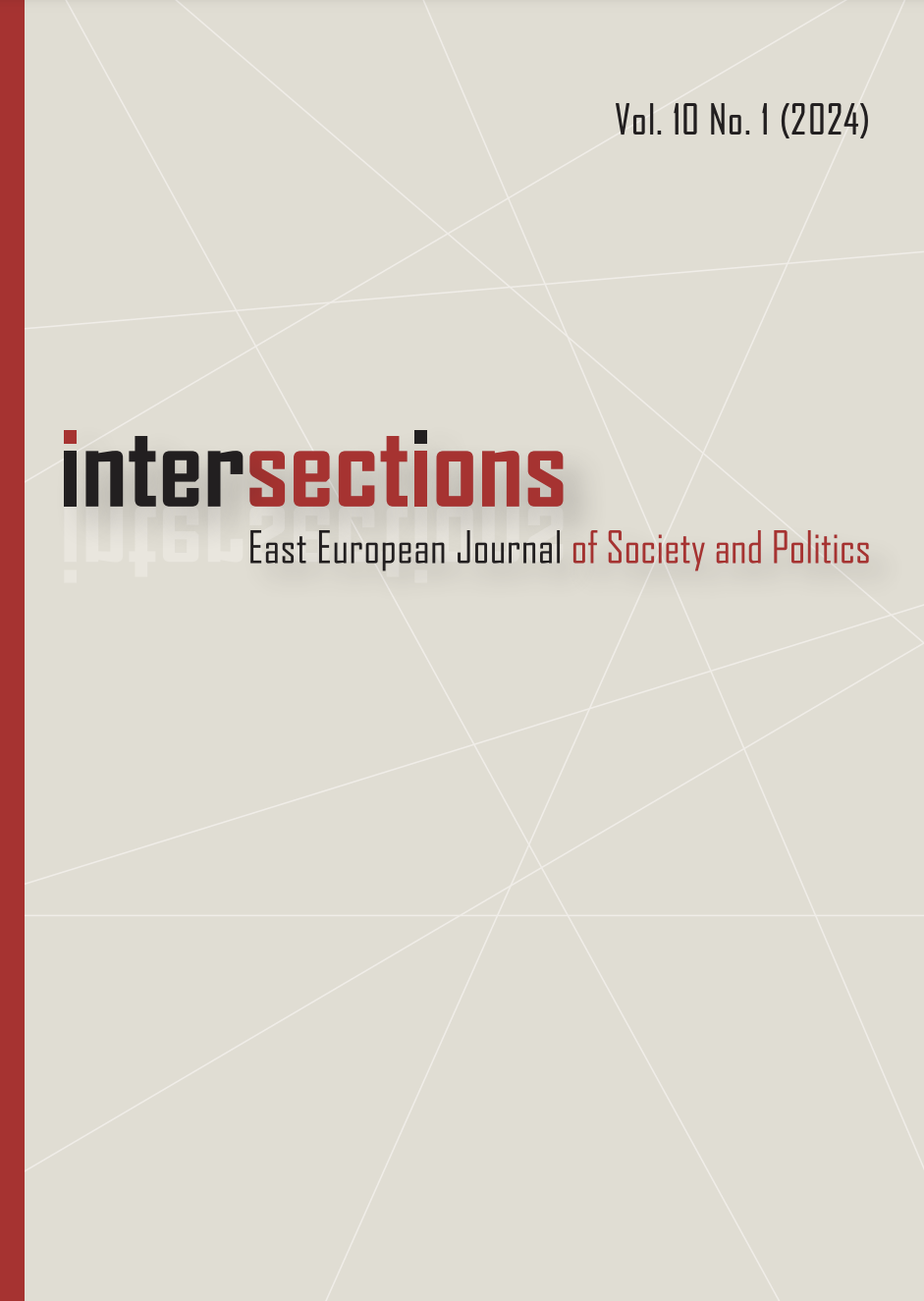Framing displaced persons
An analysis of Turkish media’s use of migration metaphors on Twitter
DOI:
https://doi.org/10.17356/ieejsp.v10i1.1189Keywords:
migration, Turkey, metaphor, framing, displaced persons, discourseAbstract
In recent years, social media has been recognized as instrumental in shaping the discourse around displaced persons, particularly through the power of metaphorical framing. Given that online communication can lead to real-world consequences for individuals, X (formerly known as Twitter) now stands out as a crucial platform for discussing migration issues in Turkey. However, while Twitter holds significant sway over public discourse in Turkey, there remains a research gap concerning its role in migration-related metaphorical framing. This study, employing critical metaphor analysis (CMA), delves into the metaphorical representations associated with the terms göçmen (‘migrant’), sığınmacı (‘asylum-seeker’), and mülteci (‘refugee’) in the tweets of four major Turkish media outlets: Hürriyet, Haber Türk, Sözcü, and Cumhuriyet. The findings reveal a predominant negative framing of all three terms, with göçmen and sığınmacı often equated with crime and mülteci with objectification. Also, the political inclination of the media outlets played a role, with those aligned closer to the Turkish government showcasing fewer negative frames. In conclusion, the study highlights the profound impact of media’s metaphorical framing, revealing its capacity to color public perceptions about displaced populations, a phenomenon accentuated by the specific terms chosen and the media’s political leanings.

Downloads
Published
How to Cite
Issue
Section
License
Copyright Notice
Authors who publish with this journal agree to the following terms:
Authors retain copyright and grant the journal right of first publication, with the work three months after publication simultaneously licensed under a Creative Commons Attribution License that allows others to share the work with an acknowledgement of the work's authorship and initial publication in this journal.
Authors are able to enter into separate, additional contractual arrangements for the non-exclusive distribution of the journal's published version of the work (e.g., post it to an institutional repository or publish it in a book), with an acknowledgement of its initial publication in this journal. This acknowledgement is not automatic, it should be asked from the editors and can usually be obtained one year after its first publication in the journal.



